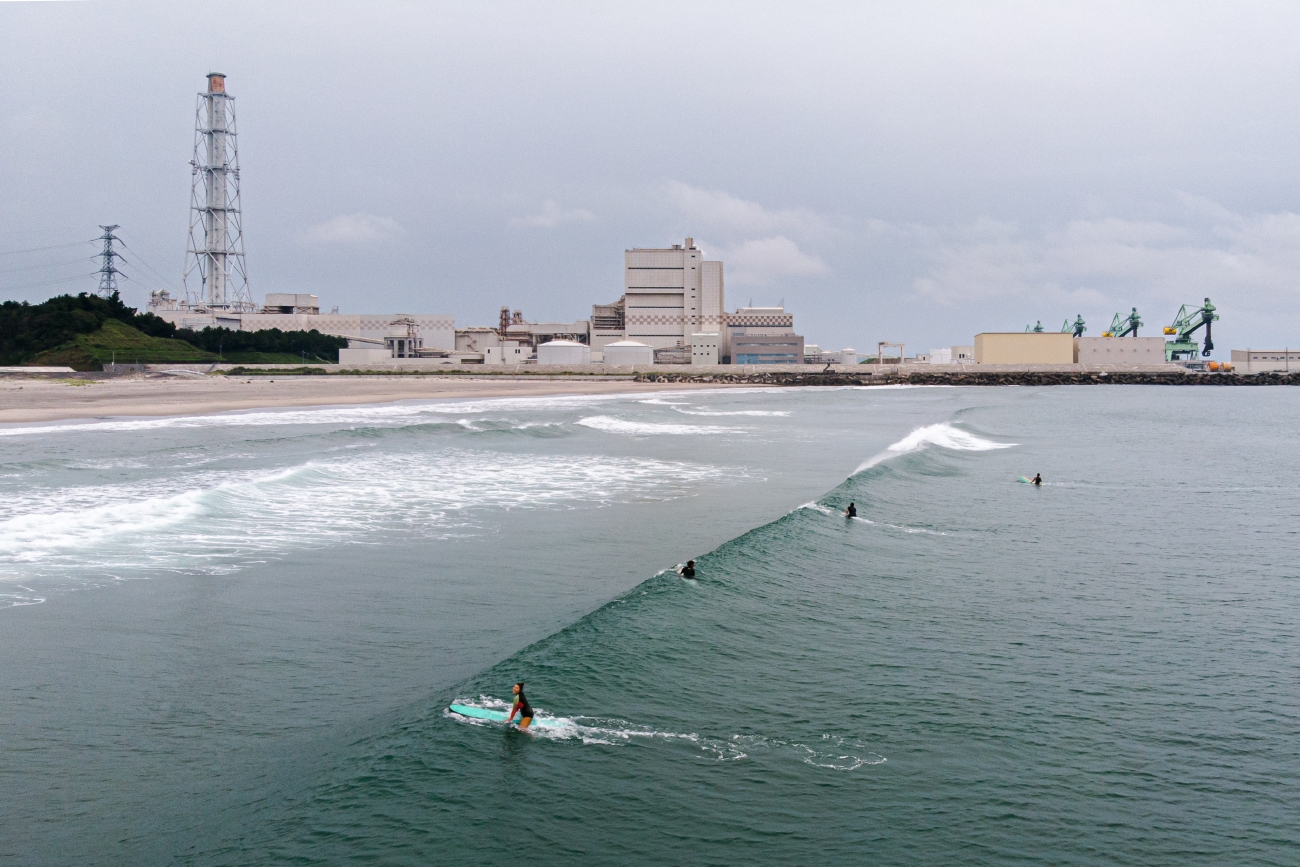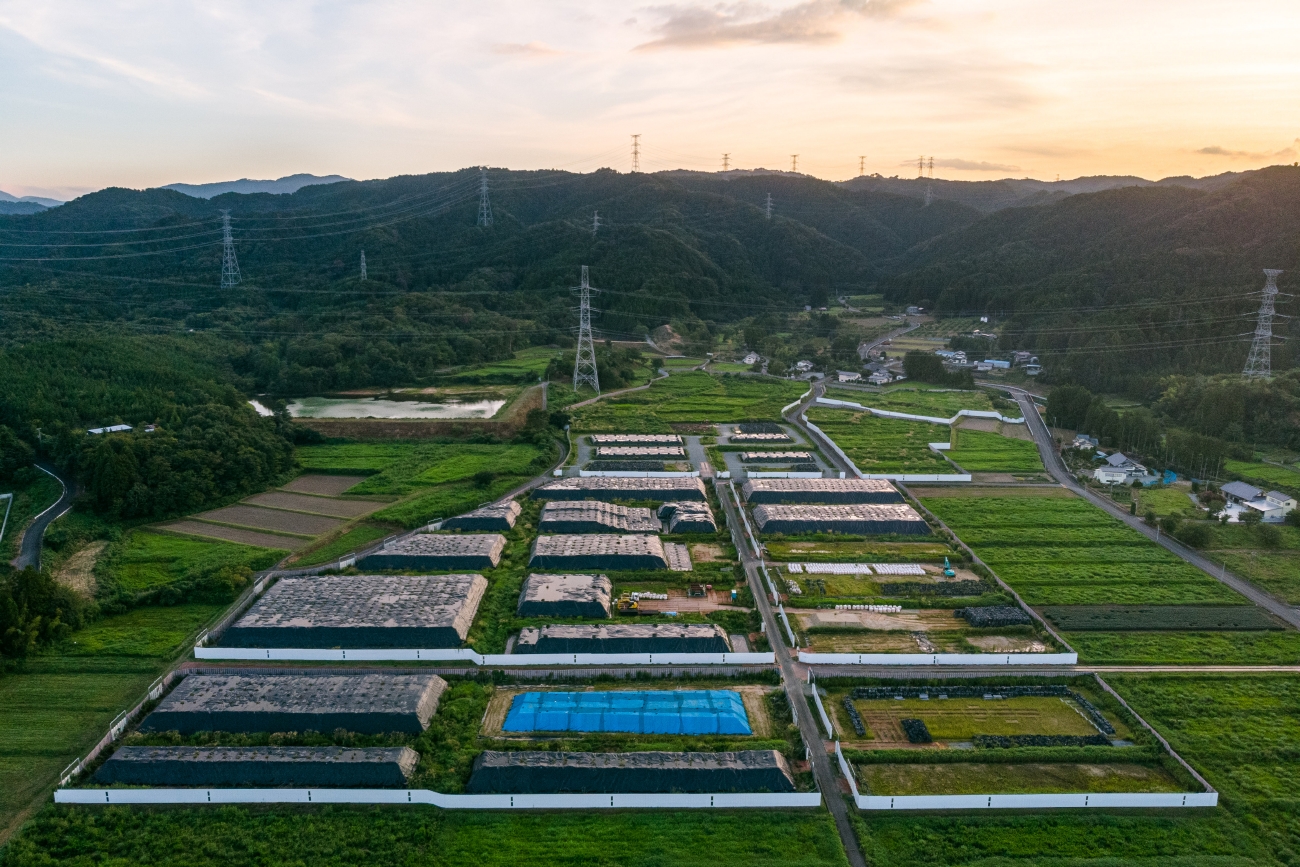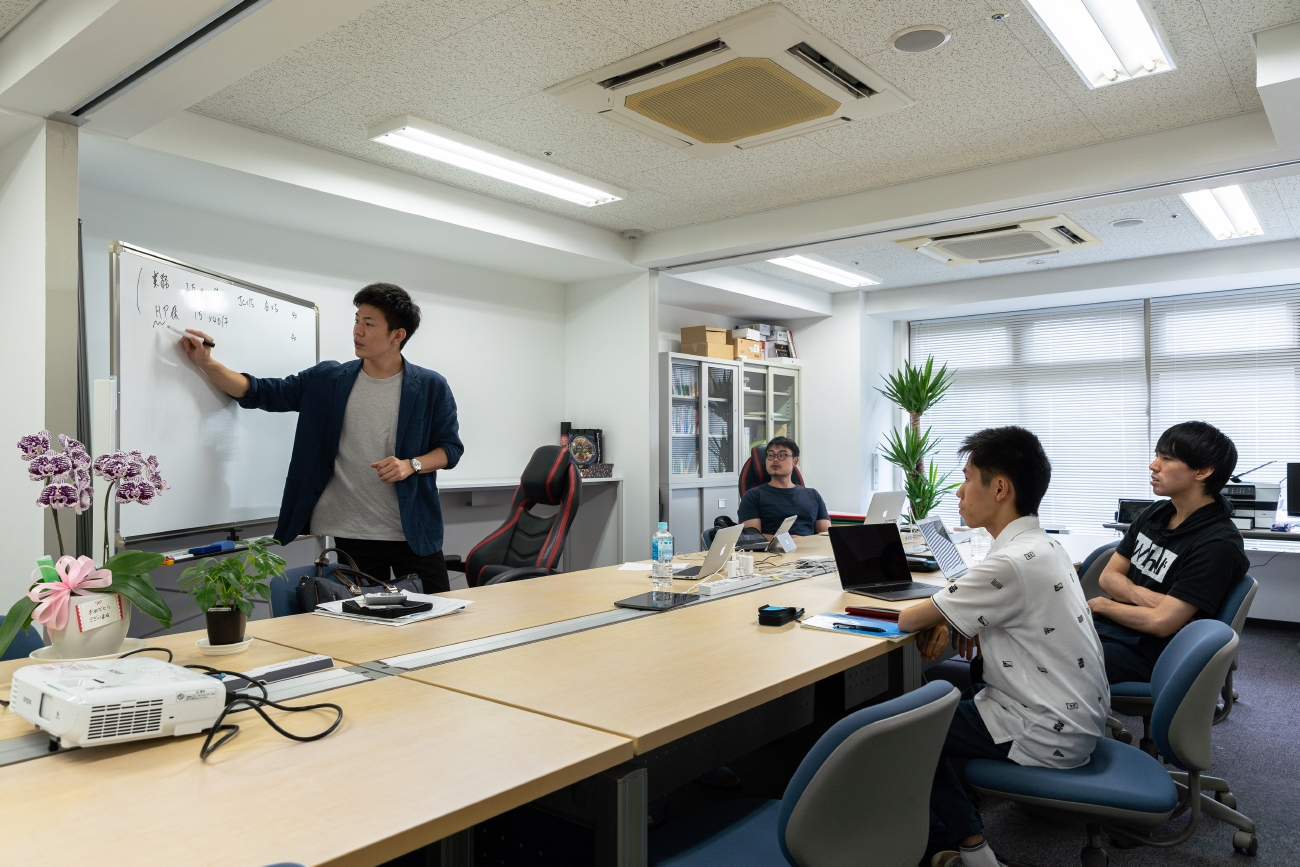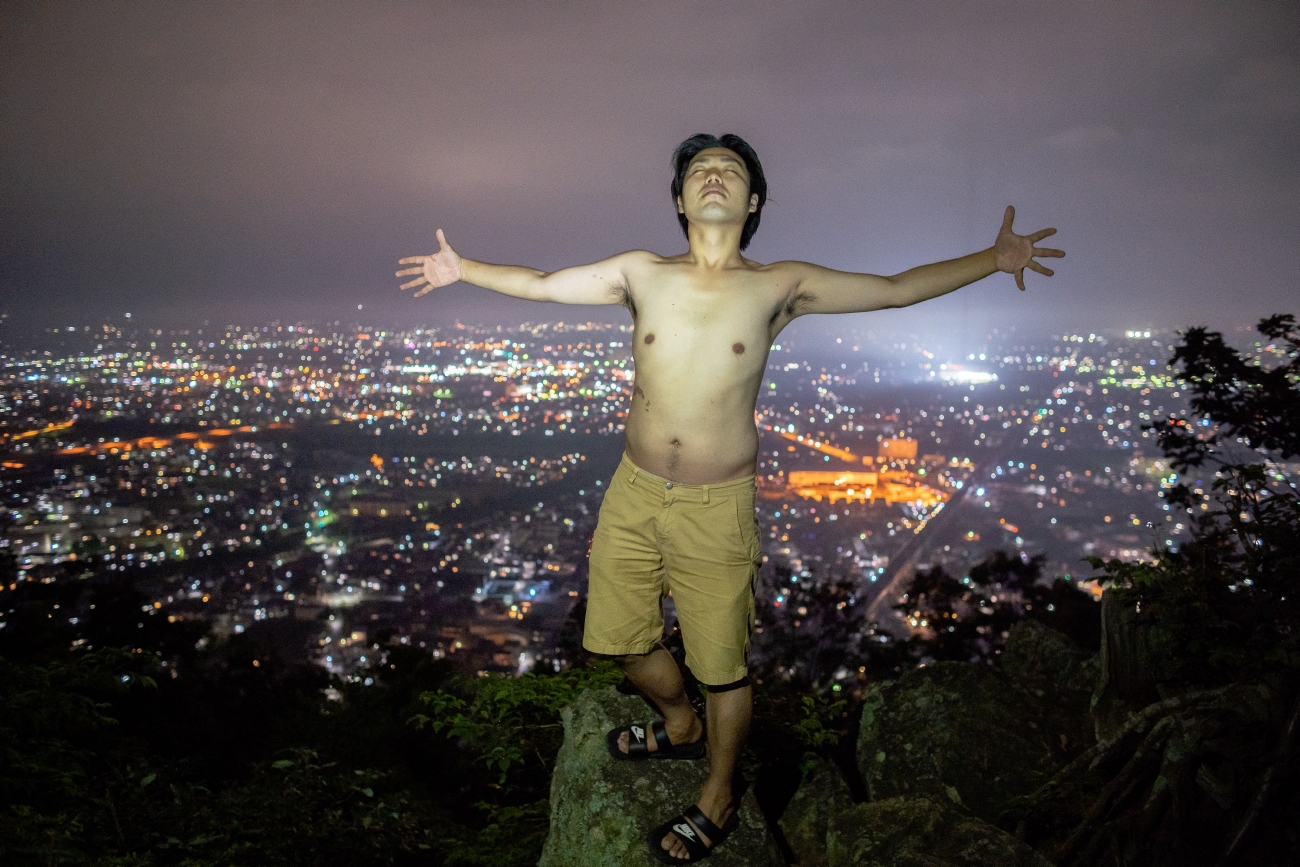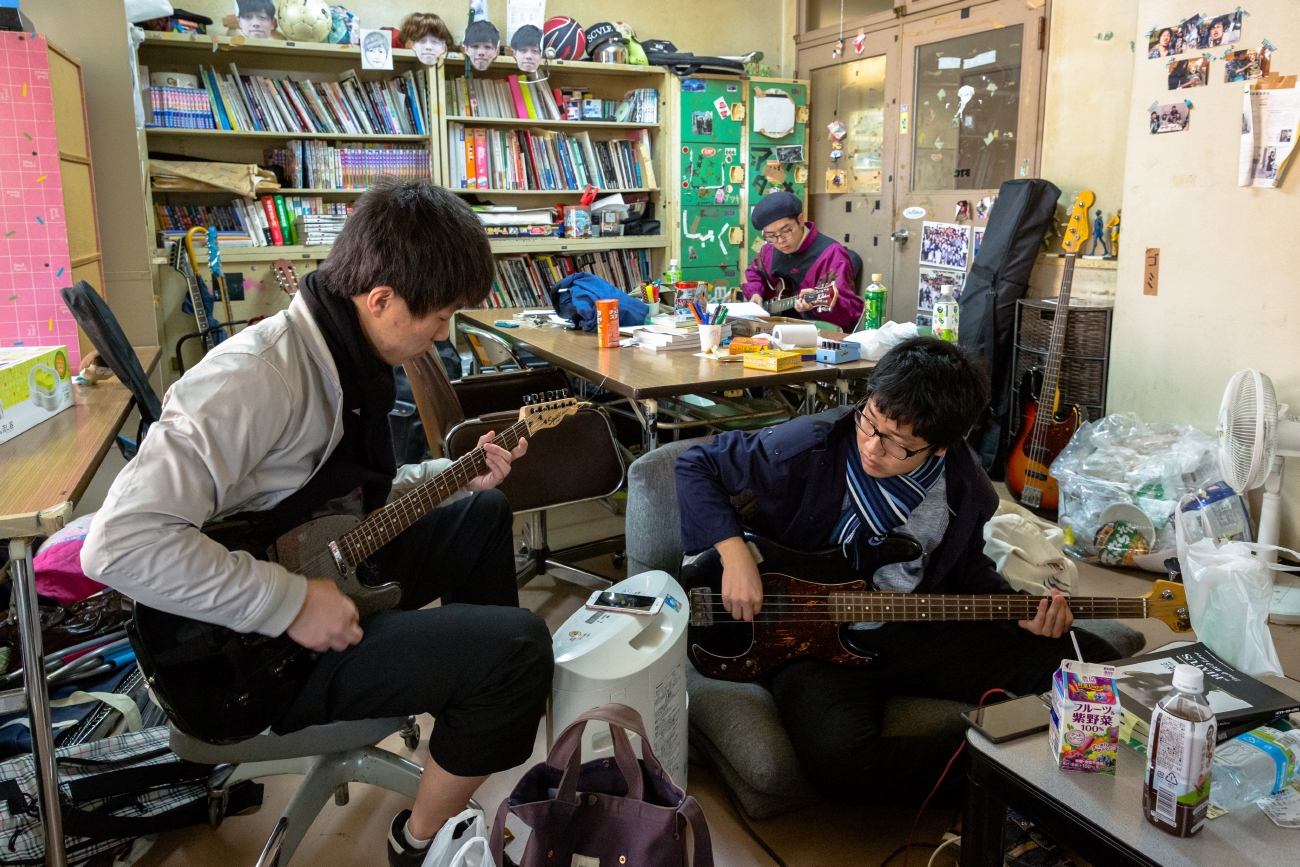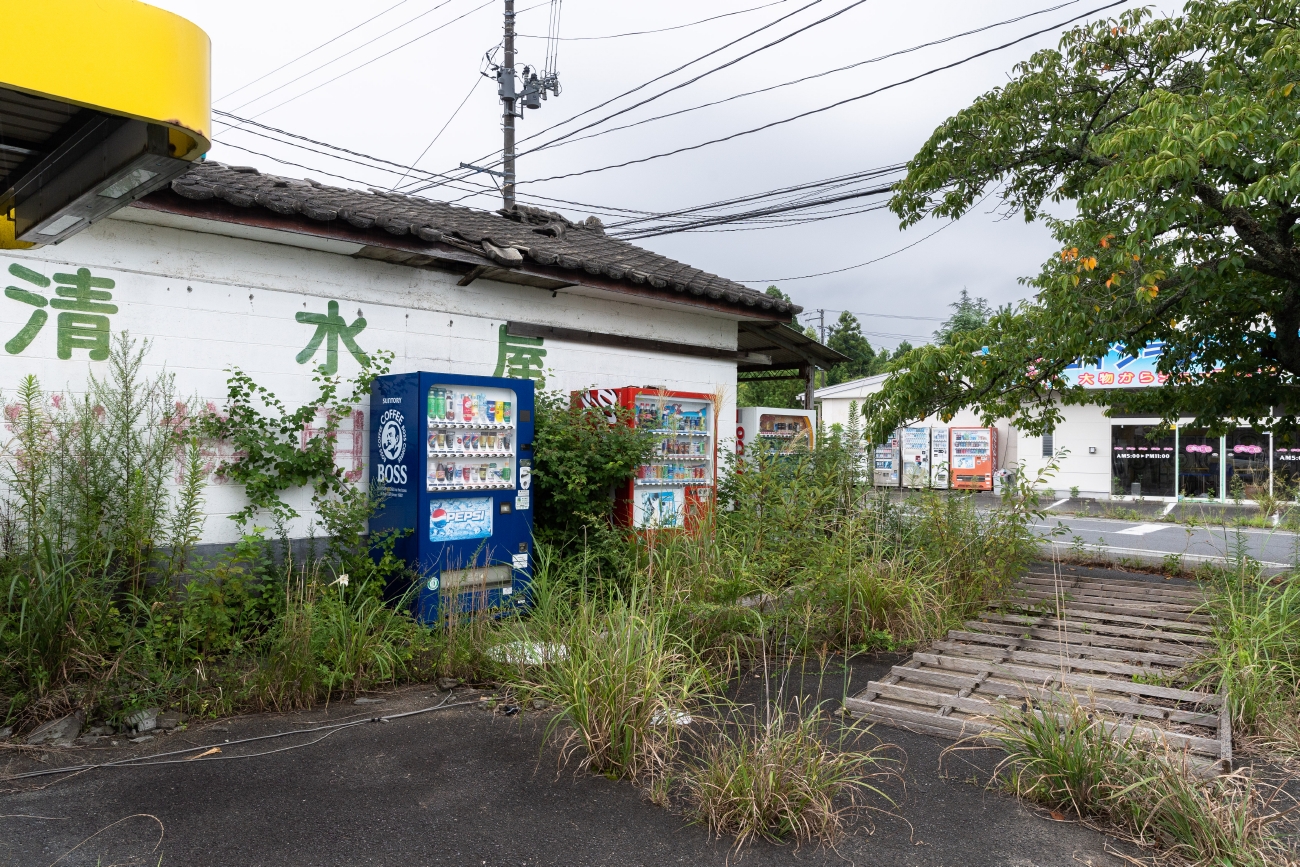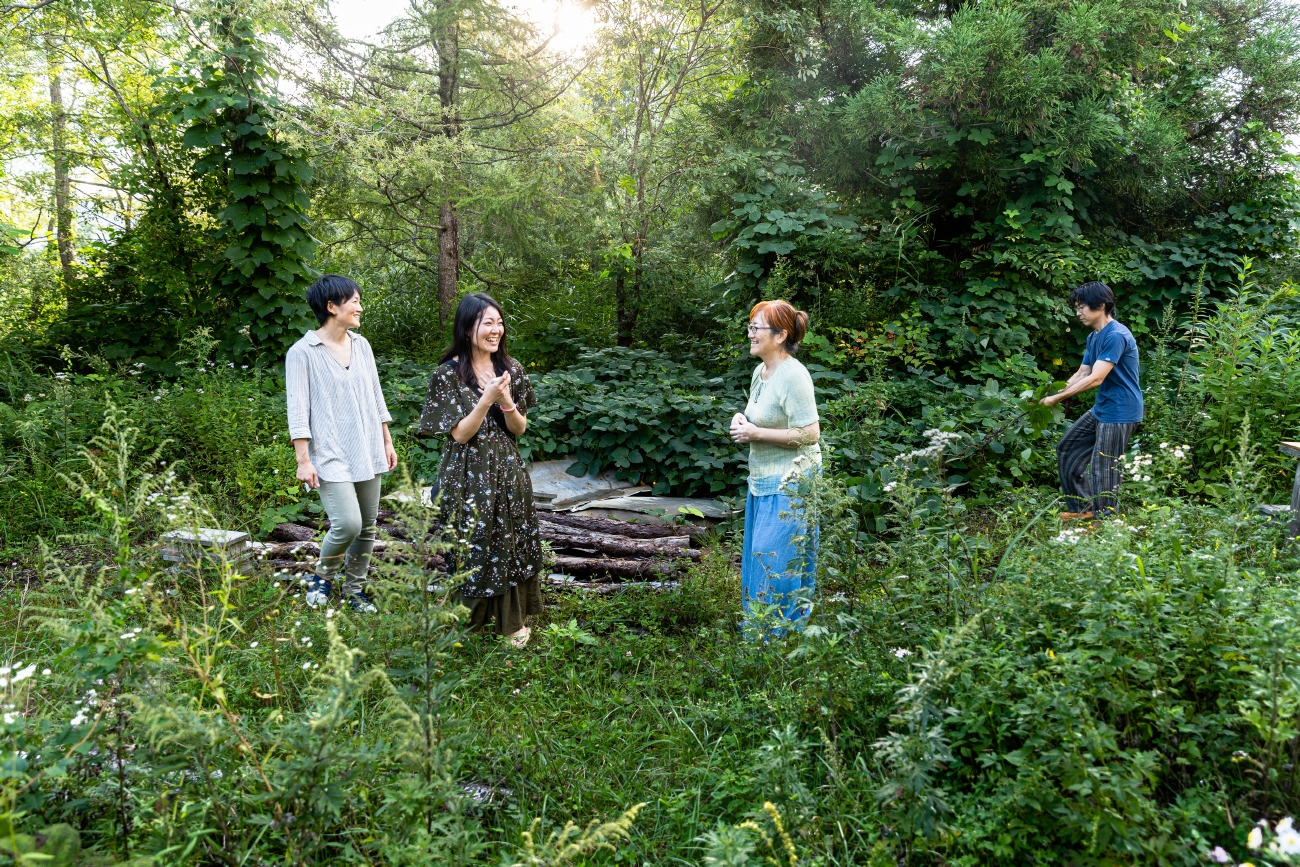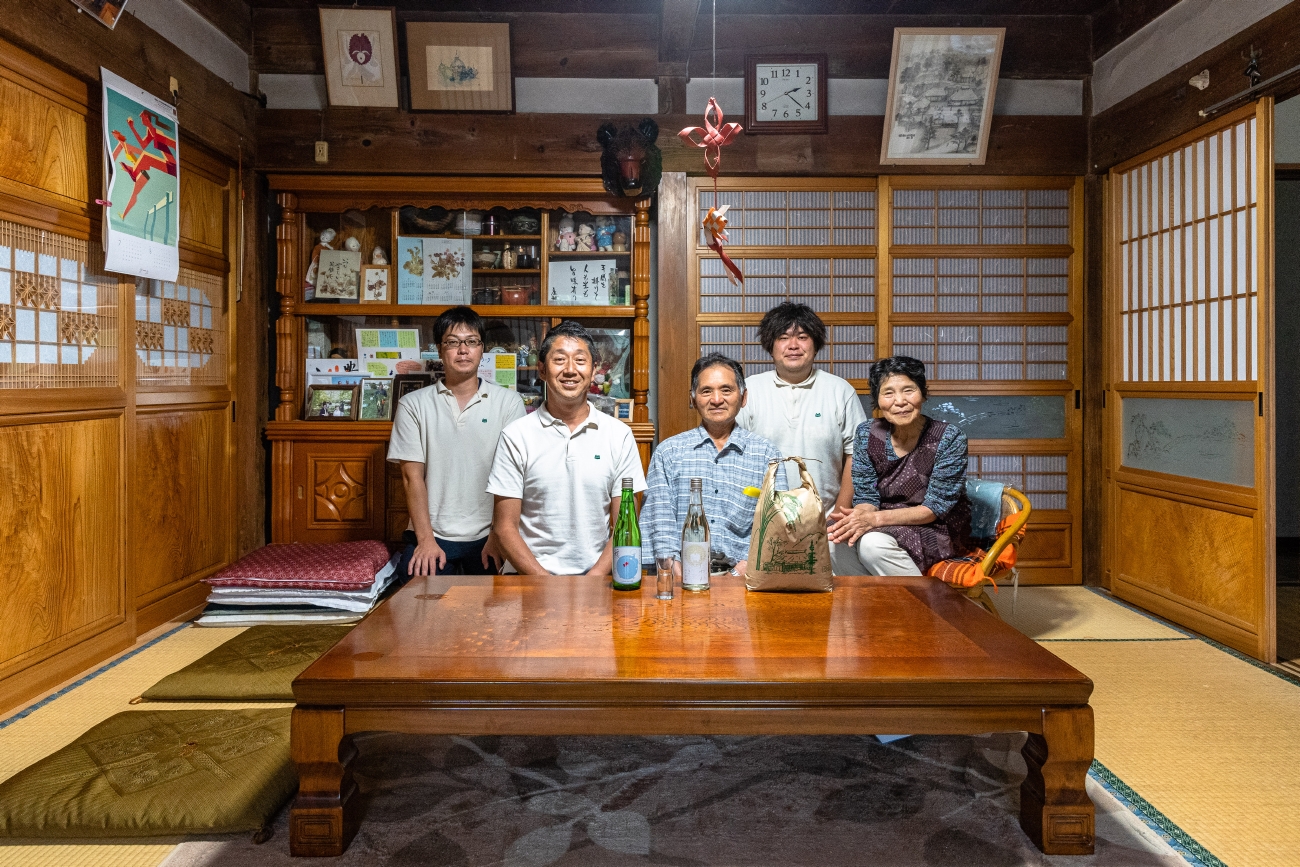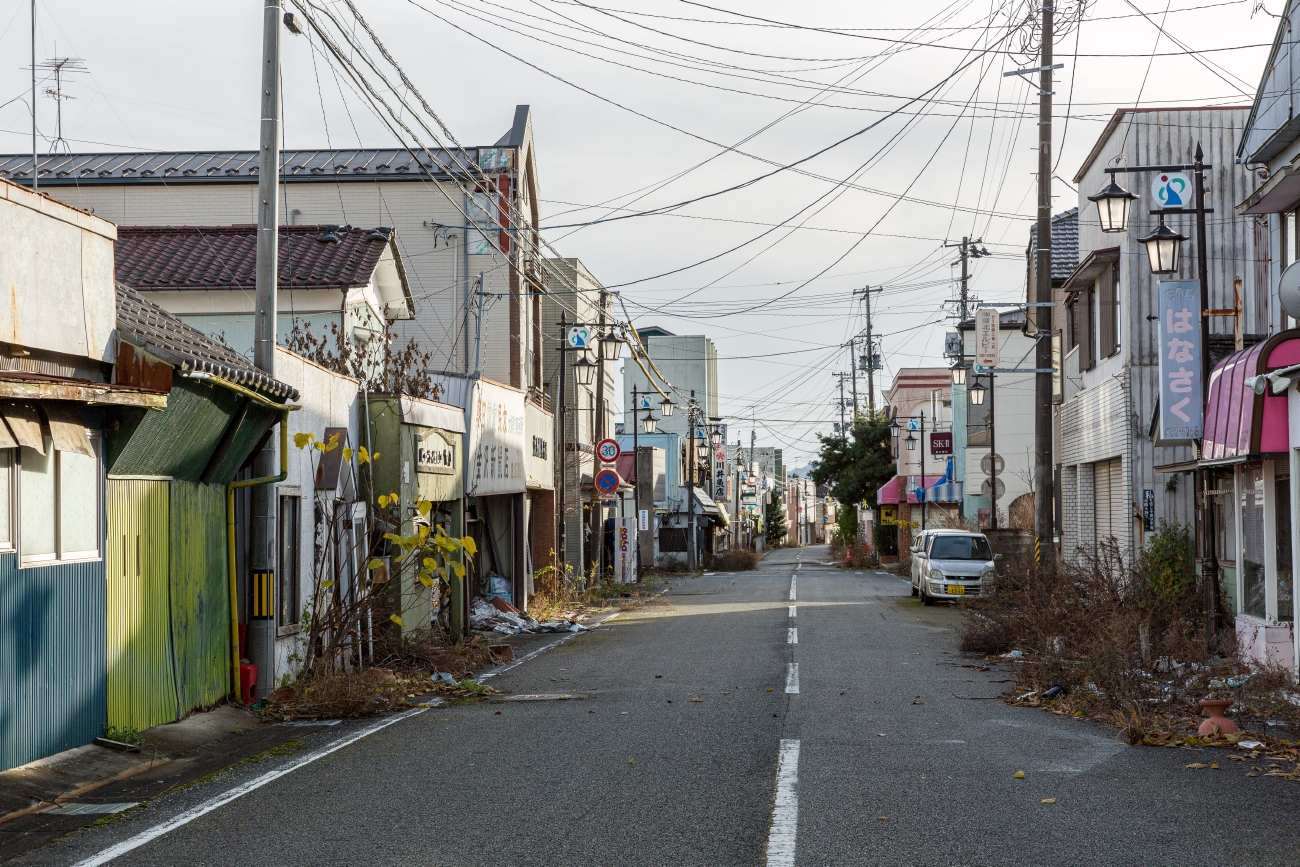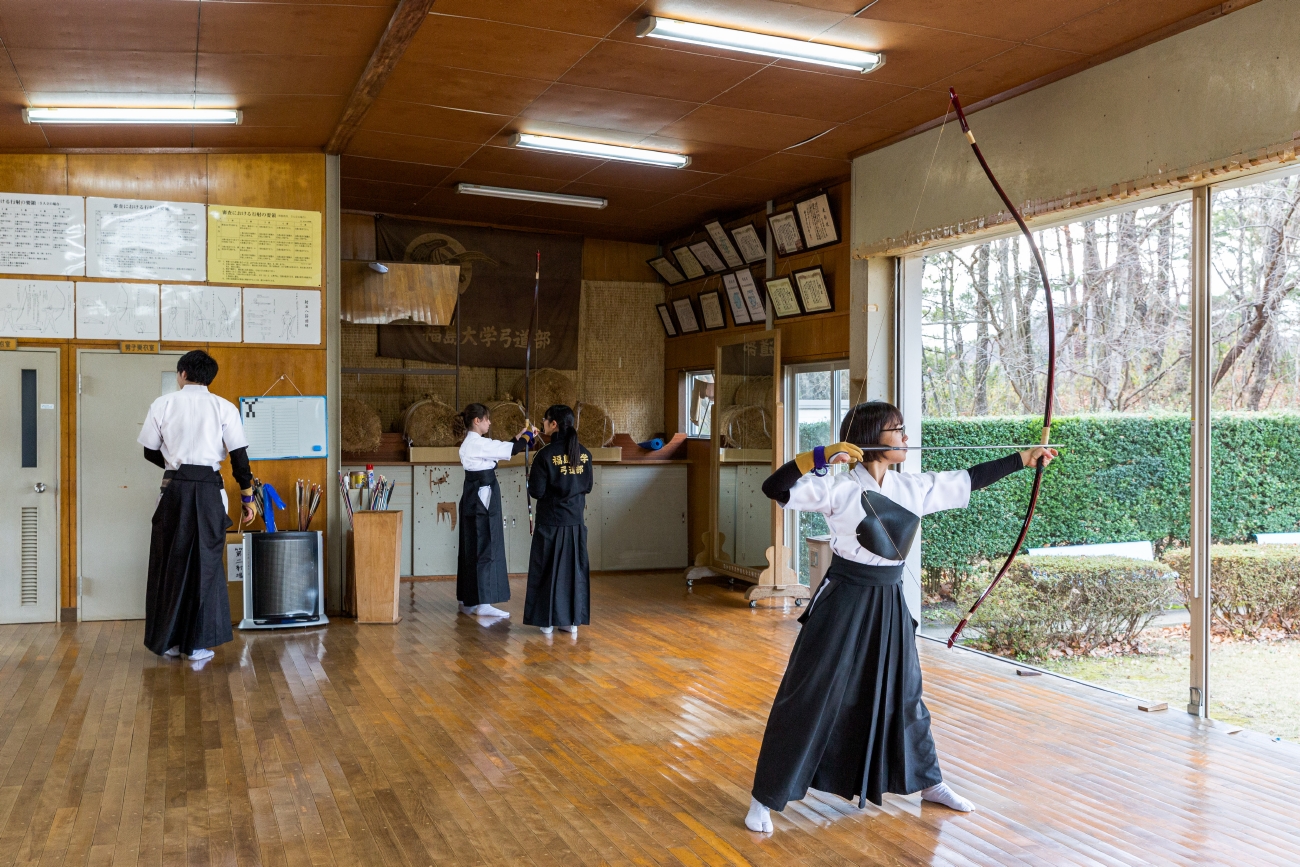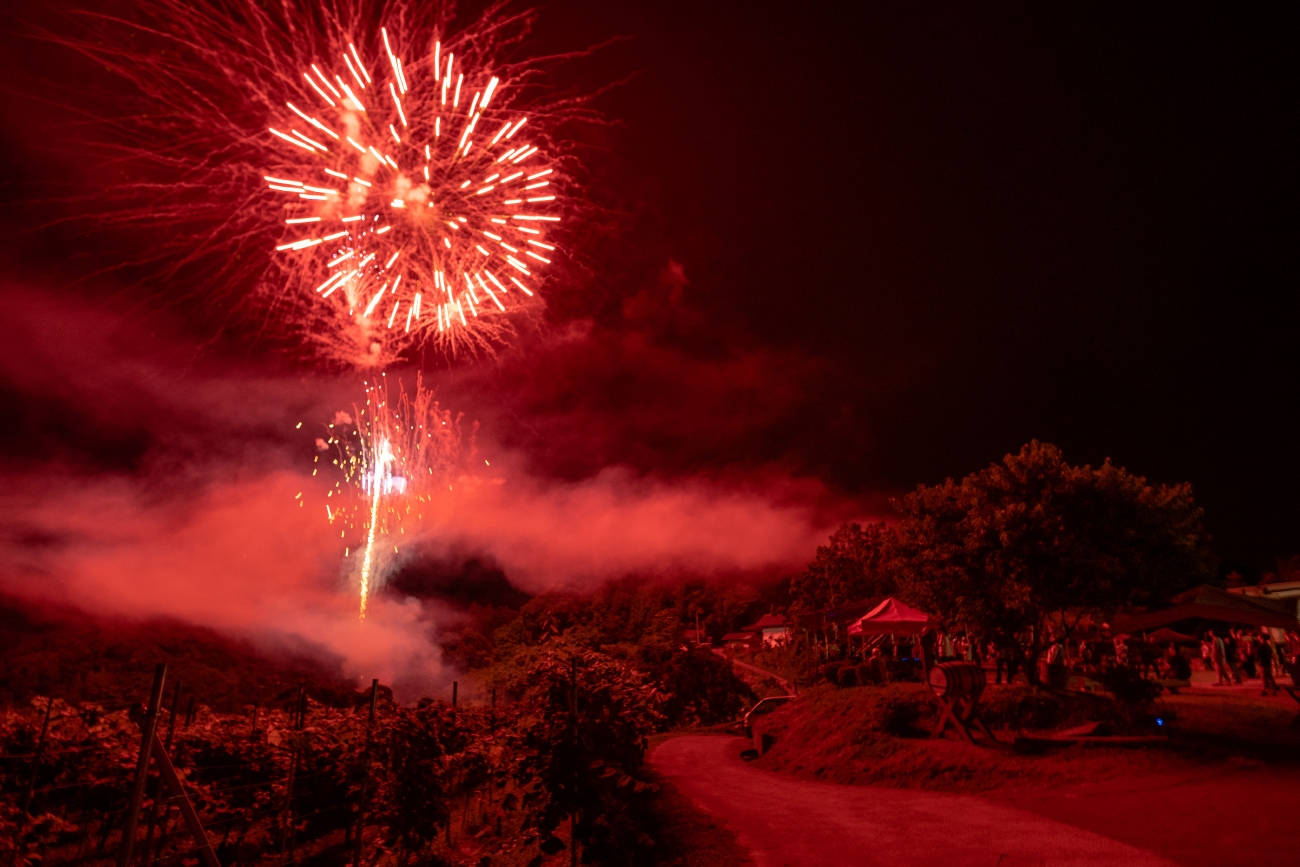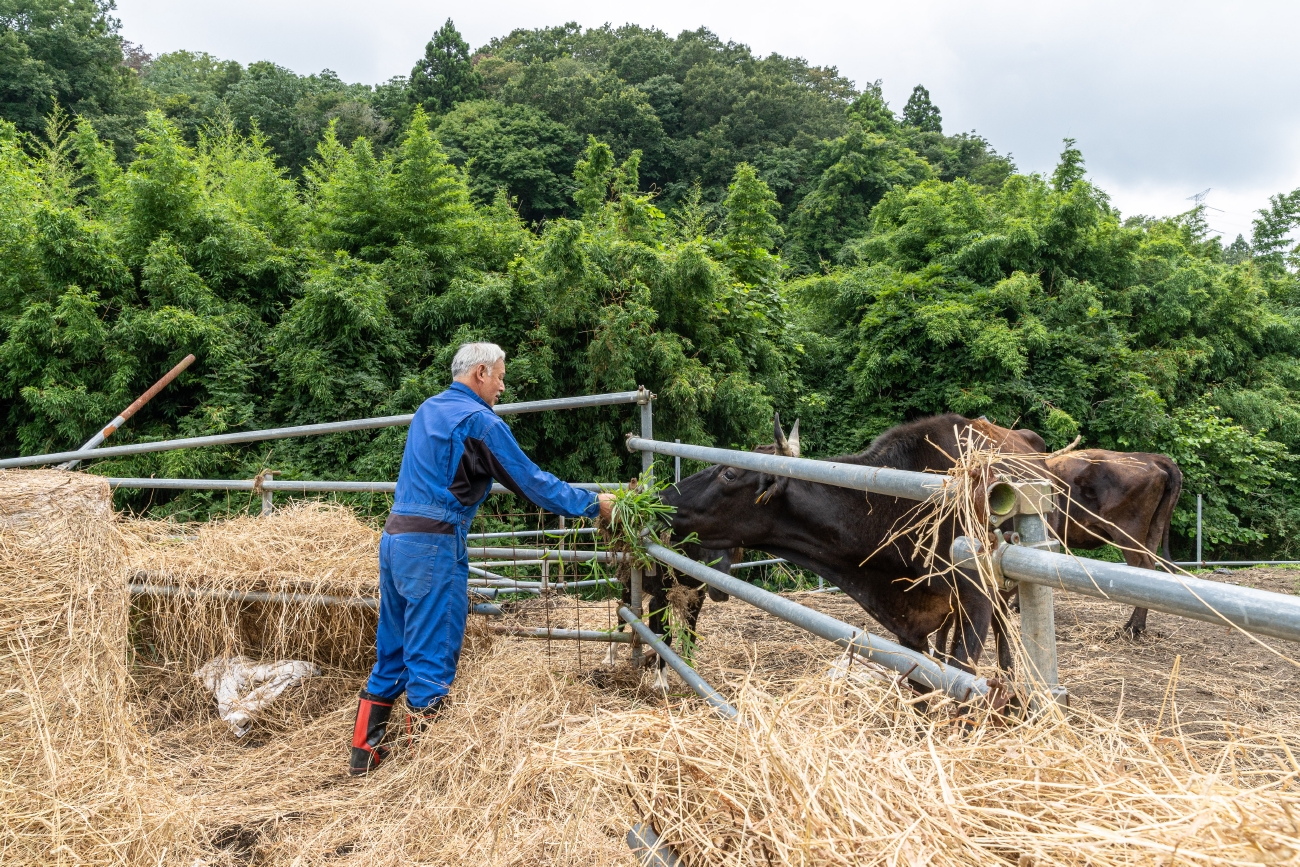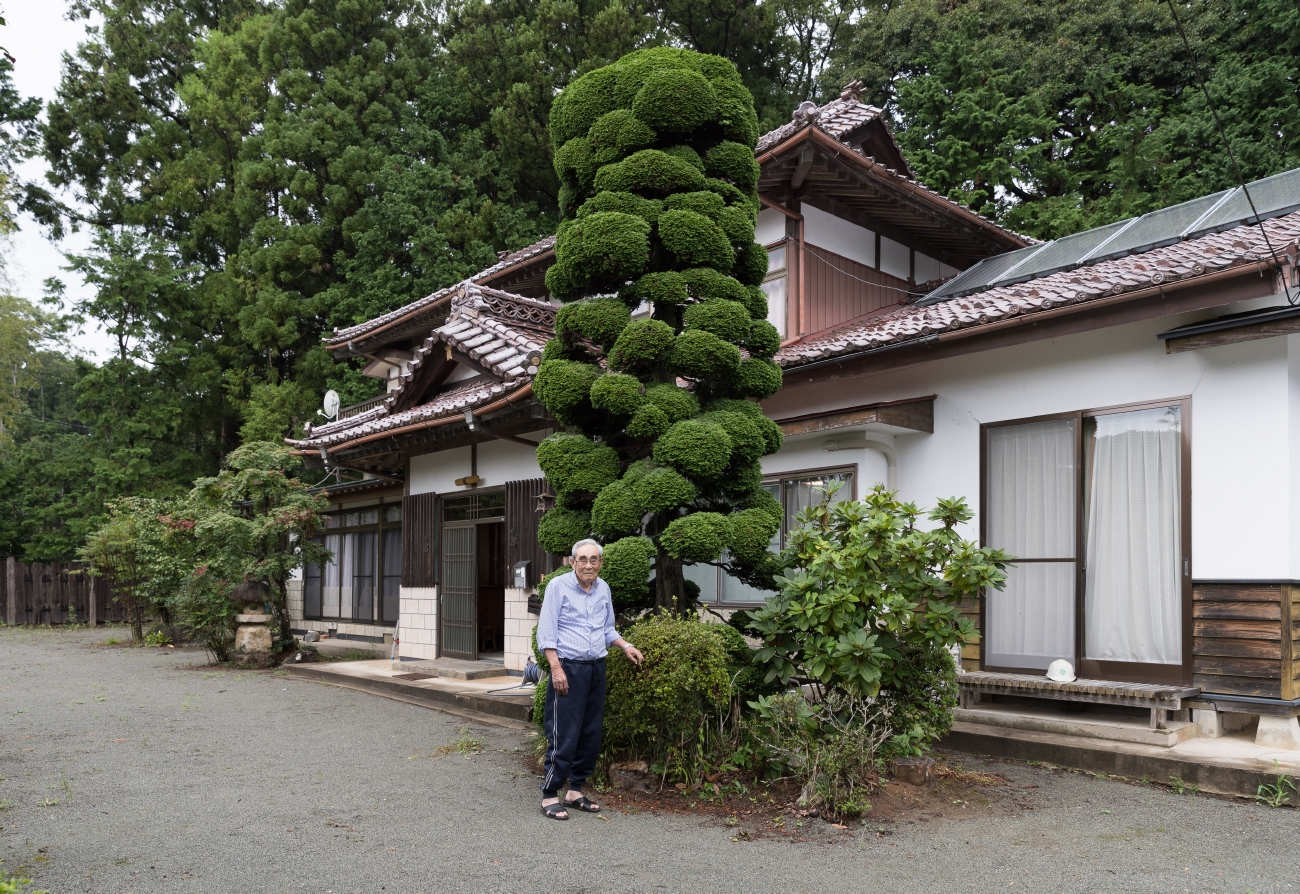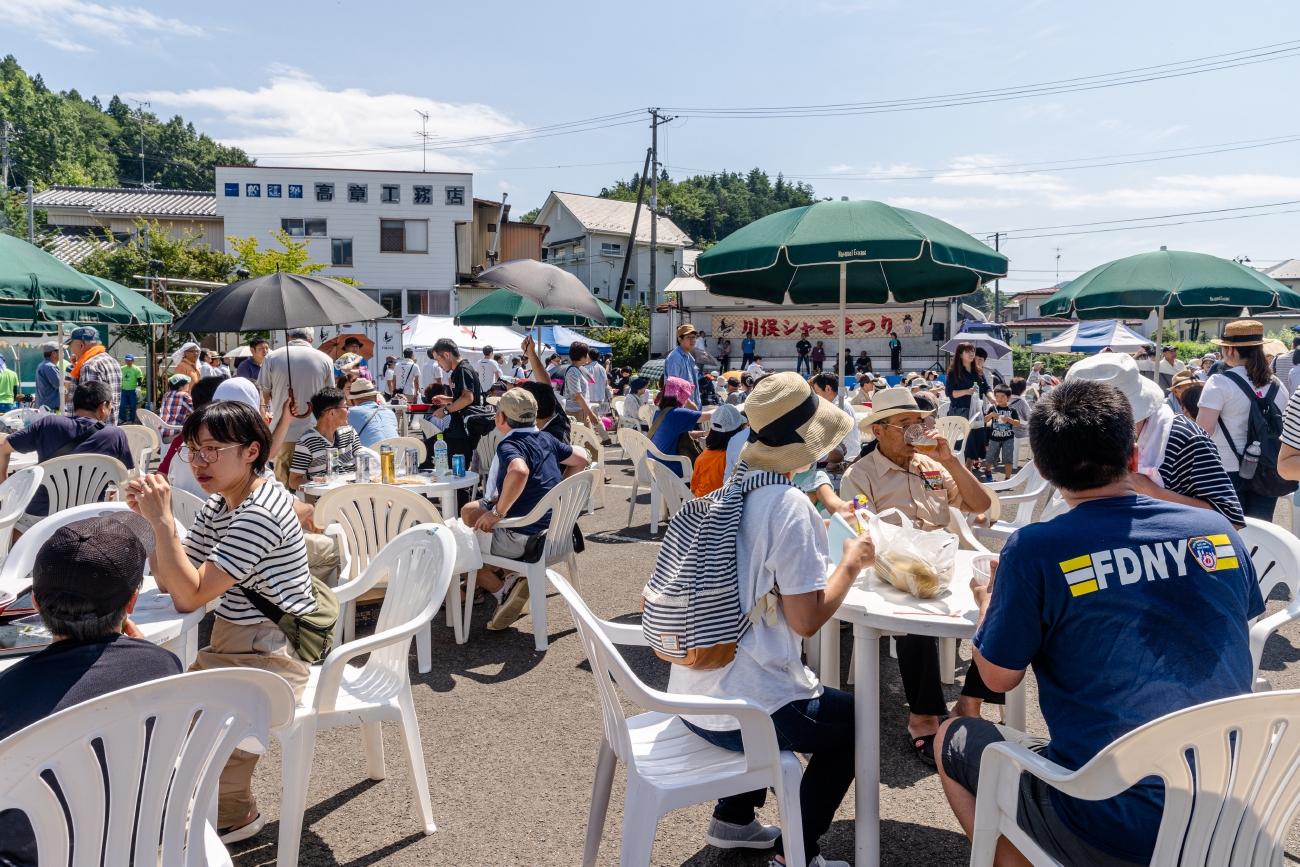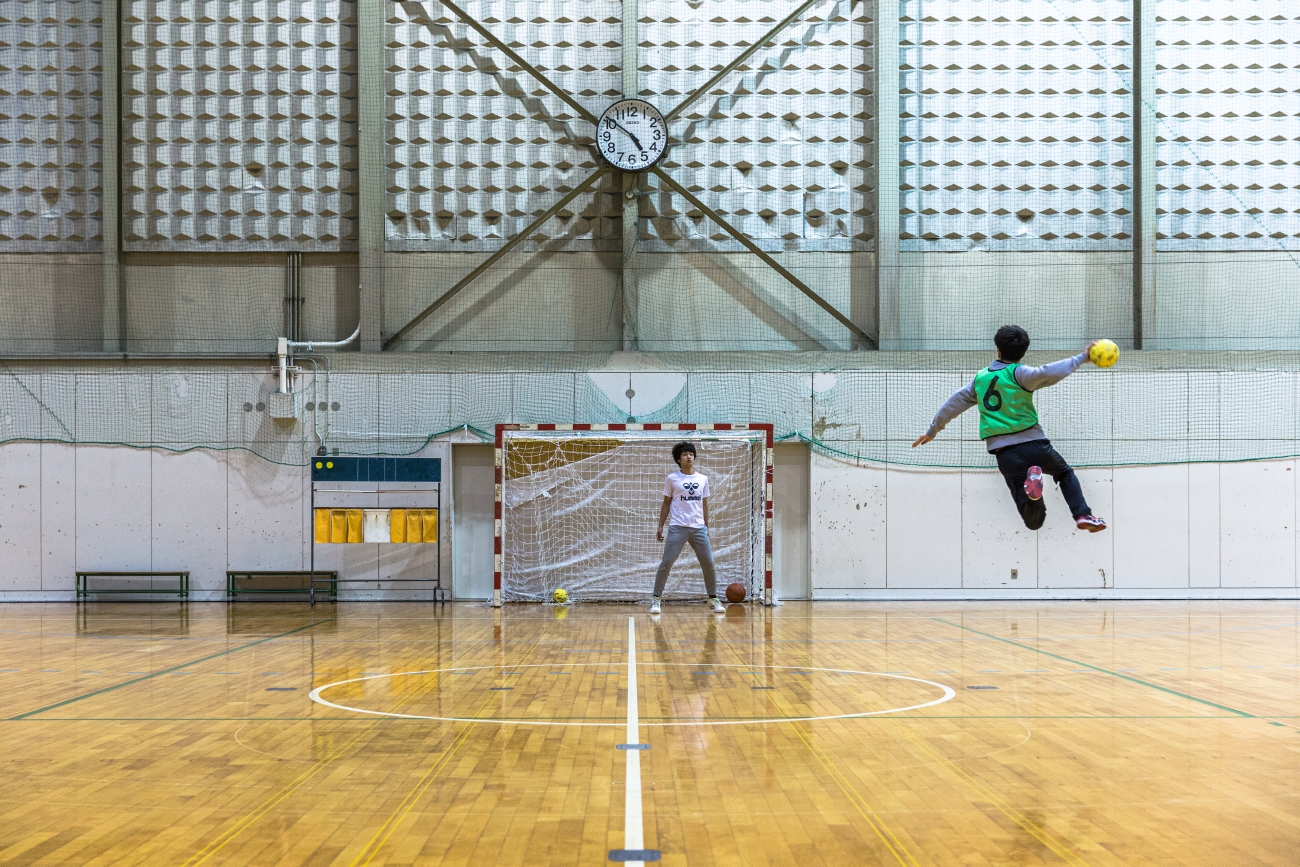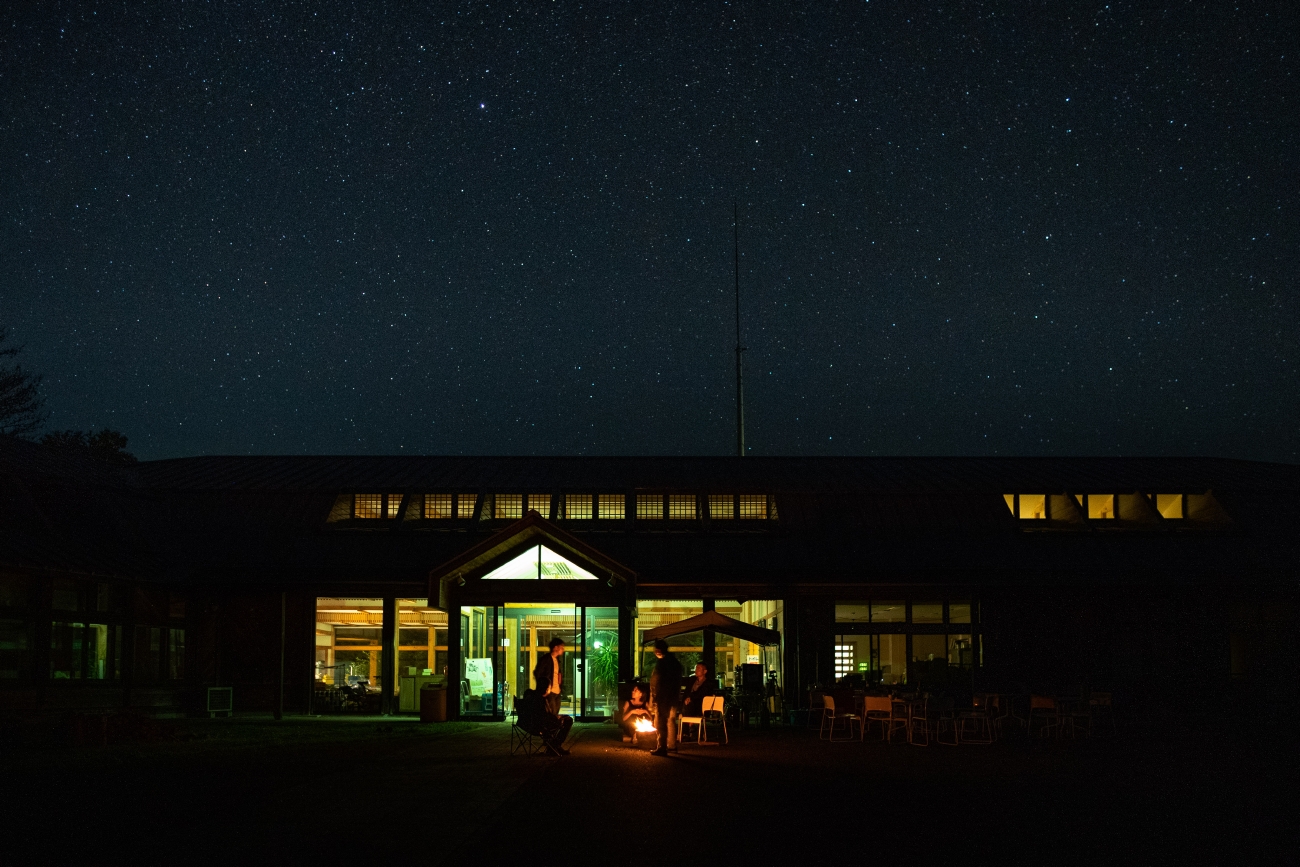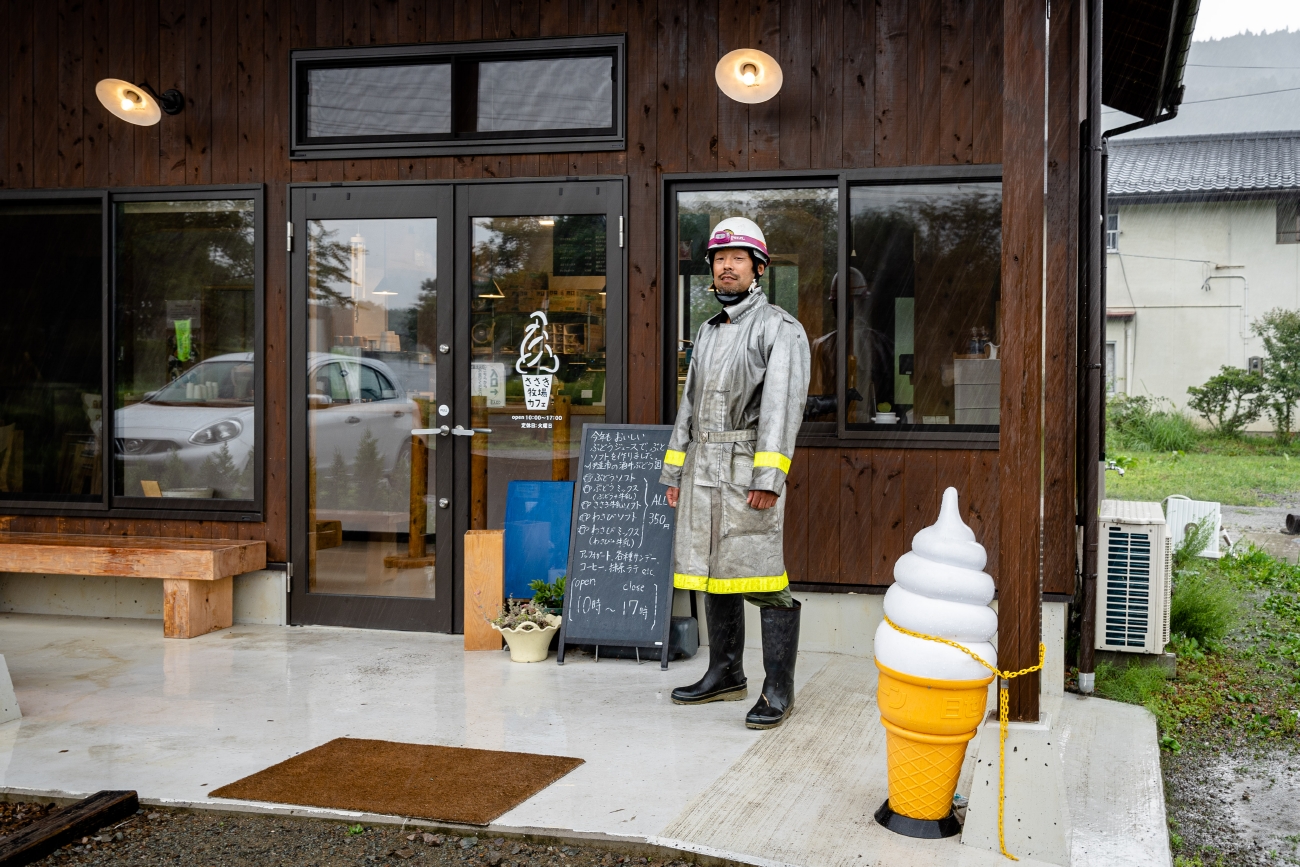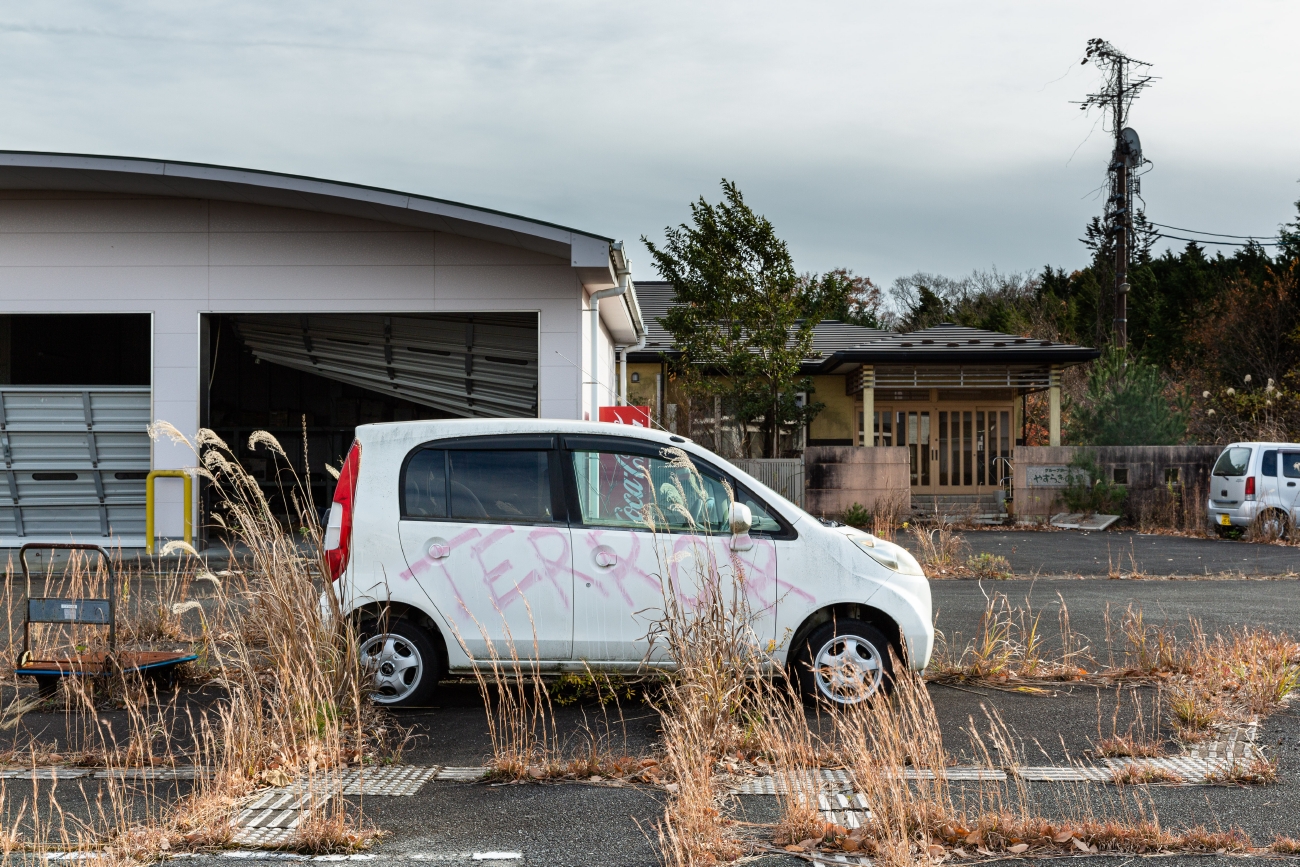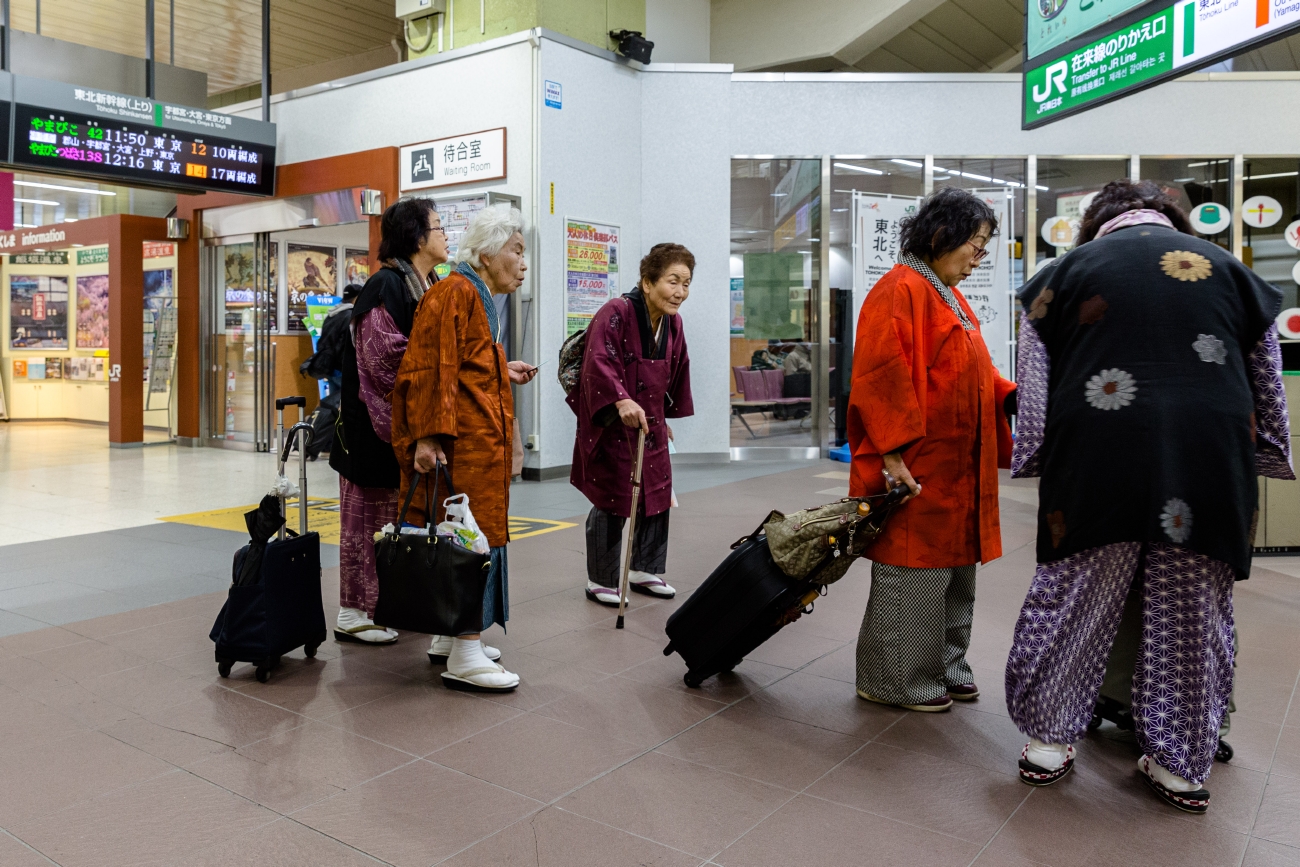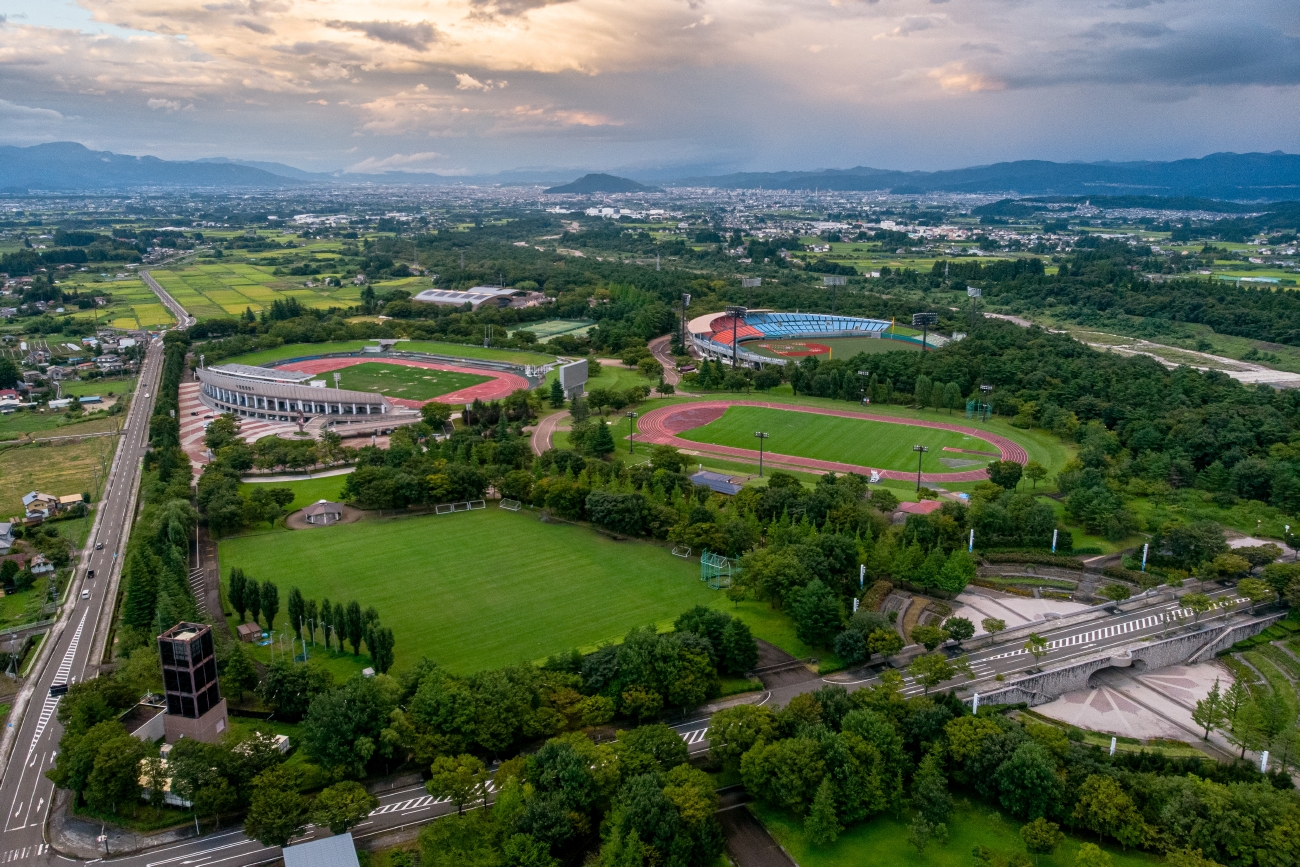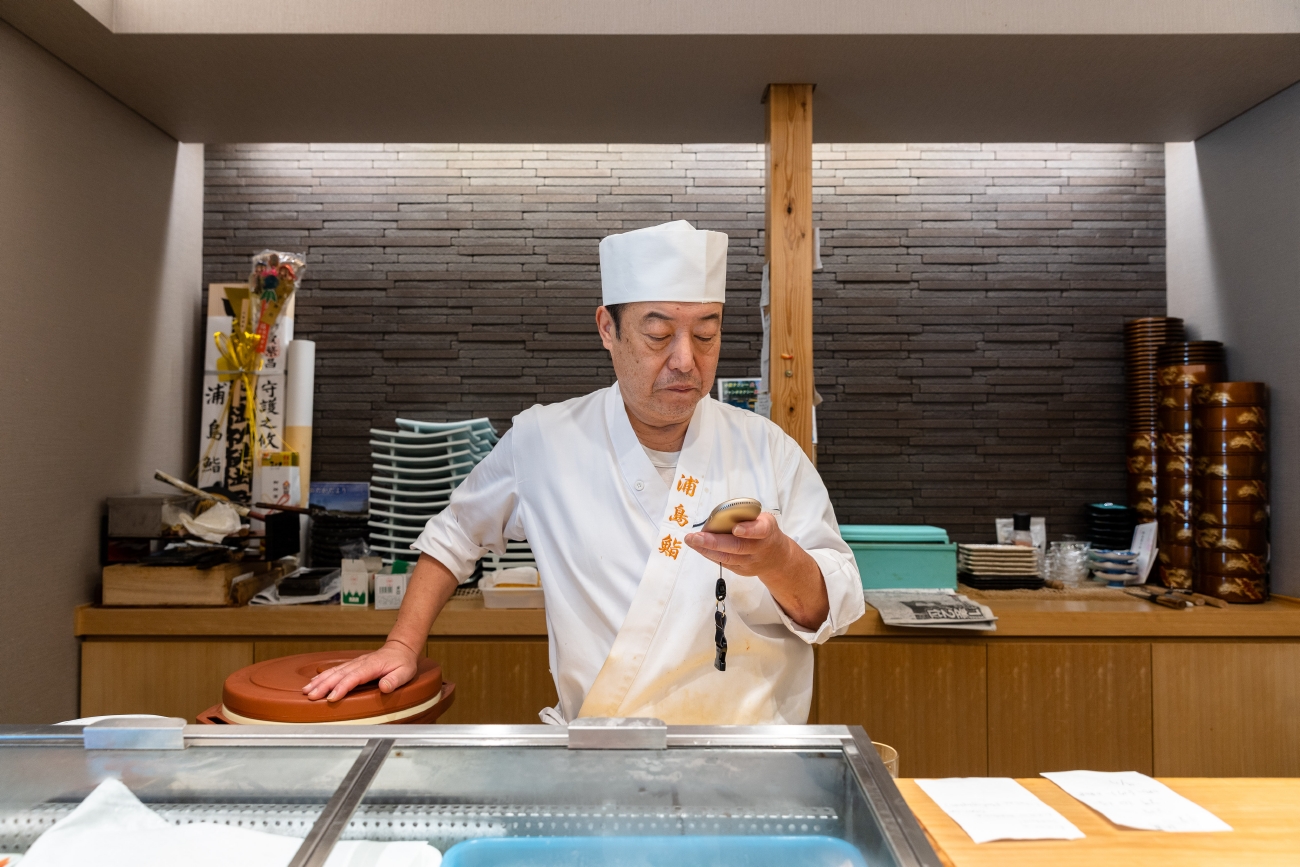Fukushima Generation
After the nuclear disaster the Japanese city is experiencing a rebirth thanks to the younger generation
Photo by Alessio Perboni
On 11 March 2011 one of the strongest earthquakes ever recorded struck off the coast of Japan provoking a tsunami that devastated the northern coast of the country, resulting in 20 thousand deaths. The Fukushima Daiichi nuclear power station was gravely damaged by the earthquake and the consequent tsunami; the meltdown of three reactors caused further explosions of air and hydrogen that released a huge quantity of radioactive material into the atmosphere. It was the world’s worst nuclear disaster since Chernobyl. Almost 200,000 people were evacuated from the area around the plant and many towns remained uninhabited for years.
Following extensive clean up operations, today some areas located near the plant have been declared habitable once more and, thanks to incentives from the Japanese government, former residents have returned to their homes. More than ten years after the earthquake in 2011 the generation aged in their twenties – children at the time of the disaster and raised under the spectre of the nuclear accident – face not only fear and prejudice from the rest of the world (the name Fukushima is now closely associated with the 2011 disaster), but also in Japan itself, where the country’s inhabitants are loathe to purchase goods from the area that was subject to contamination.
(2019)
